The vibrant city exudes a passion for numerous cultural and historical themes, which encourages students to dig in, explore and soak up what Barcelona has to offer.
Barcelona holding its place as one of the most popular destinations doesn’t surprise us at Travelbound. The capital of Catalonia provides our schools with loads of subject focus and teachers to tick the boxes when it comes to curriculum targets and content.
To uncover the inside secrets of this captivating city, a team consisting of Travelbound’s school, further education, and music departments descended upon Barcelona and this is their story…
Barcelona has unique colour and culture
Starting at arguably the most famous thoroughfare in Barcelona – if not in all of Spain – allowed the team to explore the hotchpotch of sights along Las Ramblas.
The street connects the older area of Barcelona with the shores of the Mediterranean. Here you can encounter food stalls, flower stands, street performers, grand public buildings, plus the famous Bouqueria Market. Sandra, our guide, made our walking tour so engaging that two hours later, we could not believe it was already over. Interacting with the surroundings around you immediately dismisses the concept of time and tedium.
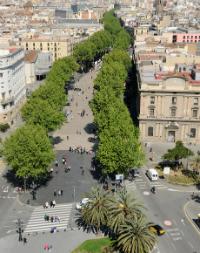
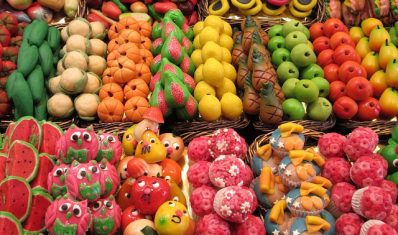
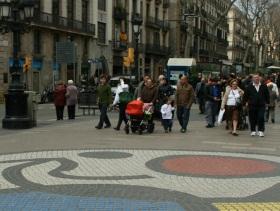
After the excitement of Las Ramblas, we discovered our first place of interest, Plaça Nova. If you are in the plaça on a Sunday, you can expect to see people dancing the Sardana – a popular Catalan cultural dance and symbol of unity for the Catalan people. The square is also the location for the catell (human tower) during Catalan festivals, providing audiences with an impressive display of a tower made up of trained colles castelleres (people engaged in forming these tower structures).
The Cathedral of Santa Eulalia is located in this plaça, and is also the starting point of the Gothic Quarter. St Eulalia is the co-patron saint of the city of Barcelona and its sailors. A 13-year-old martyr during Diocletian persecution of Christians, she suffered terrible tortures – with some depicted on the tomb in the crypt beneath the main altar. The cathedral has a Gothic cloister where you can find the surprising sight of a group of geese wandering around. It’s been said there have been geese roaming the area since medieval times.
Whilst we were walking around the medieval Jewish quarter, Sandra gave us a brief introduction to the history of Barcelona. She mentioned the personality of James I of Aragon, Count of Barcelona, who introduced the concept of “Sea Diplomacy”, creating collaboration with various ports throughout the Mediterranean Sea in order to protect trading activities from piracy. She explained as Barcelona was focused on the Mediterranean as much as the rest of Spain was focused on the New World, the two (Catalonia and Spain) were always in competition. It was not until the French invasion at the beginning of the 1800s that the two countries collaborated in order to win the invasion. Sandra also mentioned that at around the same time, a young boy called Facundo Bacardi from Sitges left Catalonia and moved to Cuba, starting what is known today as the Barcardi Empire. As we approached the end of our walking tour, we went through Plaça Sant Felip Neri where Gaudí was headed for his habitual prayer and confession the night he was hit by a tram in June 1926.
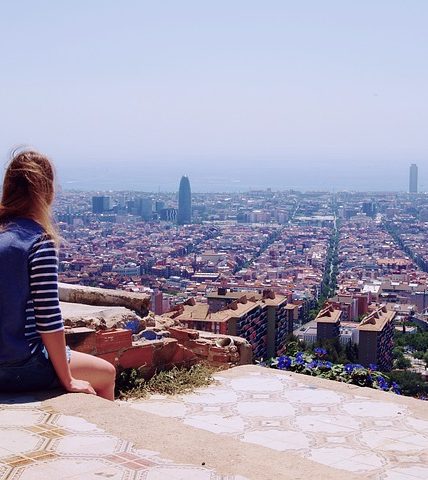
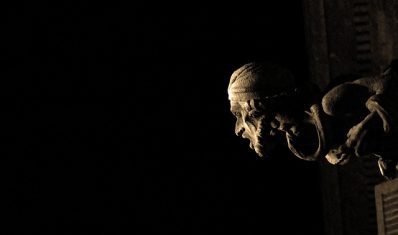
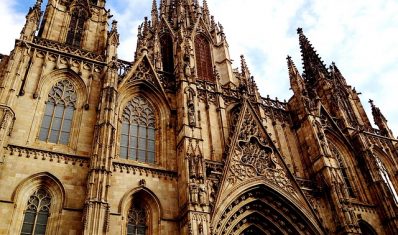
We spent the afternoon at the Museu Picasso. Although the cubist paintings for which he is best known are largely absent, the gallery traces the artistic development since the early stage of his career. One of the rooms that particularly caught my attention was the Las Meninas room. There are 58 paintings inspired by Diego Velazquez’s masterpiece, Las Meninas. Characterised by Picasso’s cubist touch, it is considered one of the most important paintings in western art history. My personal favourite at the gallery was Science and Charity. Though it has nothing to do with cubism, it is embedded in social realism with the doctor representing modern medicine and the nun existential belief.
The delights of southern Barcelona
We dedicated our second day to sport. Visiting FC Barcelona’s famous Camp Nou provided an eye-opening account of Spain’s largest capacity stadium and its significance to the region. I have never seen so many men happy to be in a museum! While I am not known as a football fan, I very much enjoyed getting to know the history of such an internationally renowned football team as Barça. I particularly enjoyed the view from the press seats at the summit of the stadium.
Later in the day, we carried on towards Montjuïc Hill where we had a brief stop in the Fundació Joan Miró. The gallery contains the most comprehensive collection of Joan Mirò’s artistic works. The surrealist element that defines his works opens the door to the imagination. The Smile of a Tear is one of the best examples of Mirò’s surrealistic style. The painting poetically softens the depiction of the juxtaposition of contradictory feelings.
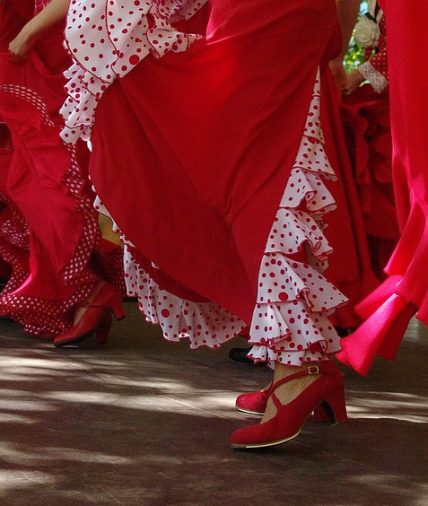
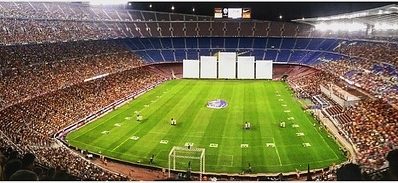
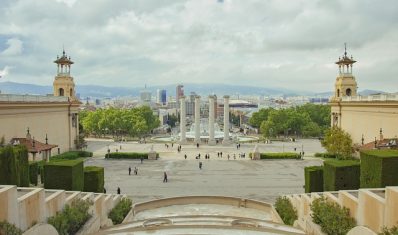
Not too far from the Fundació Joan Miró is Poble Espanyol (Spanish village). Students will see a variety of Spain’s characteristic buildings and wander through those representative of everything from Andalusia to the Balearic Islands in the space of a couple of hours. After a small bus journey, we were ready to get on the cable car connecting Montjuïc to the port. Those afraid of heights in our group were rewarded by the stunning view over the city.
The evening presented us with the chance to try a traditional tapas meal followed by a touching Flamenco show at Tablao Flamenco Cordobes. The performance was full of passion and interpretation and the performers were sublime!
Did you know? In 2010, UNESCO declared flamenco as one of the Masterpieces of the Oral and Intangible Heritage of Humanity.
It’s all Gaudí!
Our last day was completely dedicated to Gaudí and his overarching influence in Barcelona. In the morning, we reached Park Güell where we explored the vast site home to gardens and architectonic elements. Gaudí was inspired by British residential parks at the time of planning the site, using the original English naming convention of “park”. Next stop after Park Güell, Casa Milà. Popularly known as La Pedrera, it provided our group with another example of how the natural world was one of the most enduring influences on Gaudí’s work.
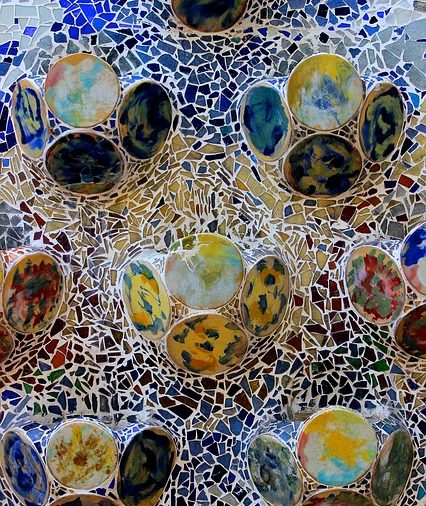
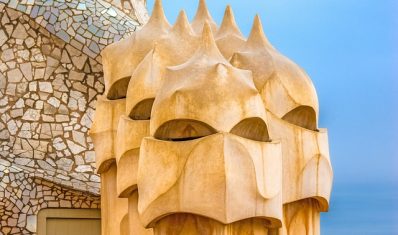
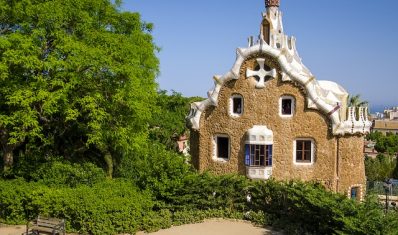
The grand finale of our trip was reserved for what I think is one of the most beautiful pieces of architecture I have ever seen: the Sagrada Família.
When Gaudí was commissioned to build this large Roman Catholic church, he was ending a long period working for very high aristocratic clients, building private houses. Seeking renewed inspiration and the chance to redeem his career, his approach to the construction of a religious building was more than enthusiastic.
Students will be able to identify three façades as they explore Gaudí’s masterpiece: the Nativity façade, the Passion façade, and the Glory façade. When finished, the basilica will have 18 spires symbolically associated with the Twelve Apostles, the Virgin Mary, the four Evangelists and Jesus Christ. It has been said the basilica will be completed by 2026.
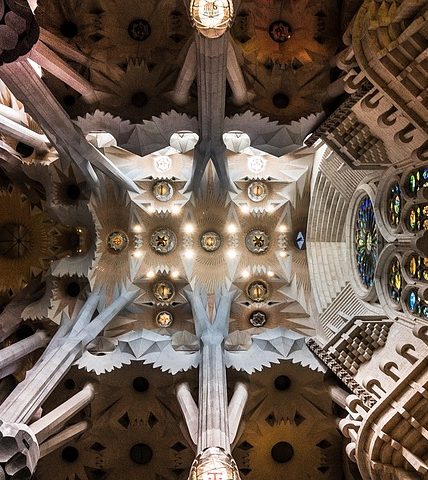
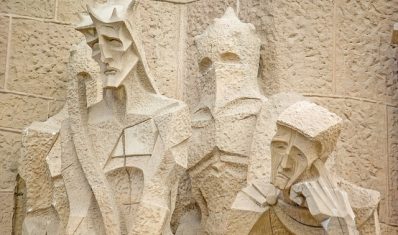
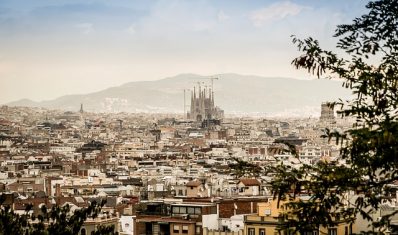
The three-day tour provided our team with a chance to understand the strong themes that characterise the city of Barcelona. Its culture not only has its foundations in its language and food, but the art that is reflected in various areas across Ciutat Comtal.
It became clear to me that the strong pull Barcelona has with schools sits within the vast array of excursions that lend themselves to multiple subject areas. Whether schools are looking for classes to team up to extend learning across one or more subjects, or seek to provide students with a city that not only exudes tradition but affords the opportunity to encompass language opportunities, Barcelona encapsulates it all.
I cannot wait until I get to visit this incredible city again. Fins aviat, Barcelona! (See you soon, Barcelona).

Comments are closed here.